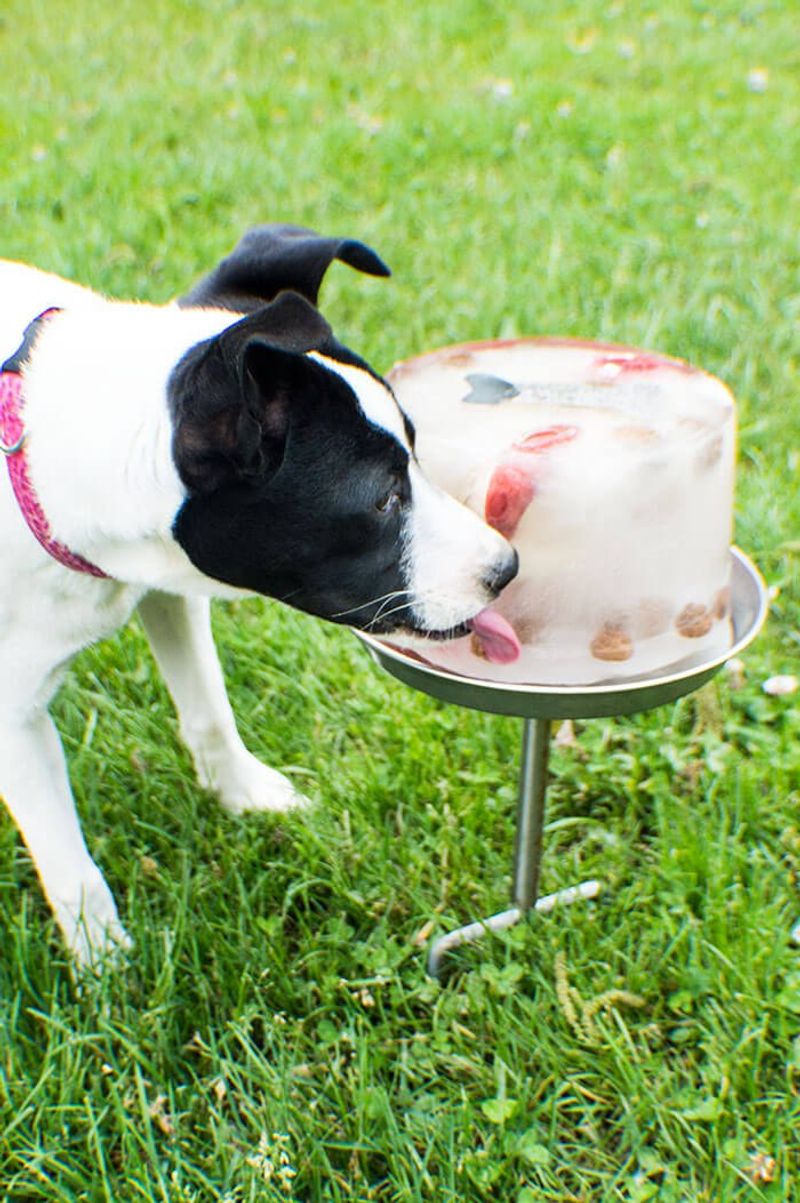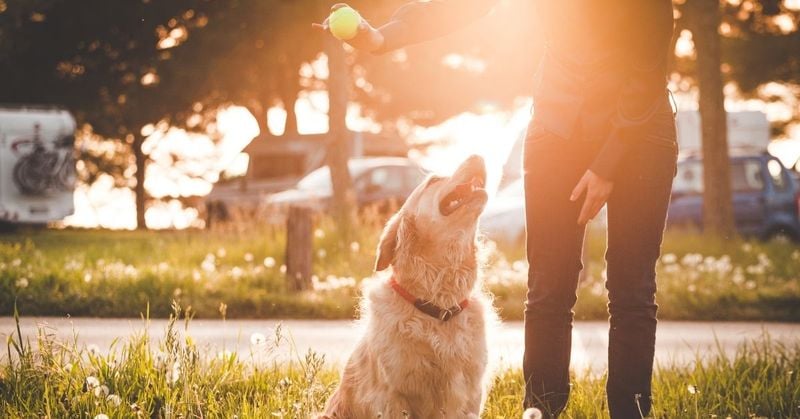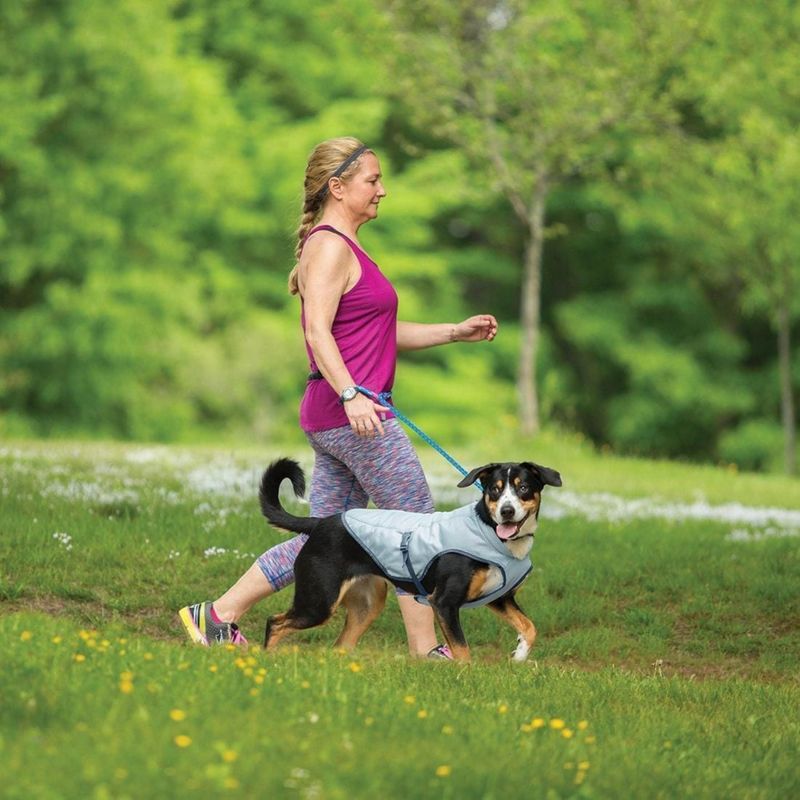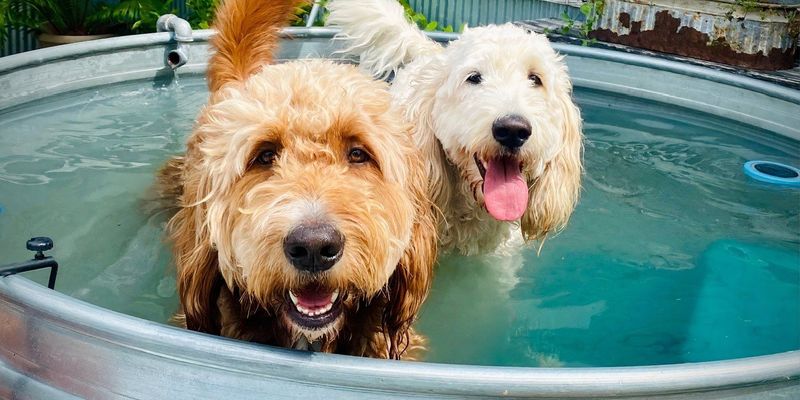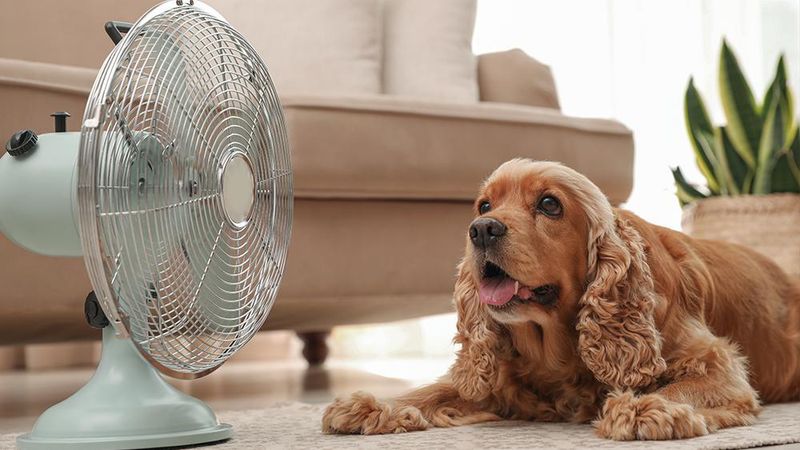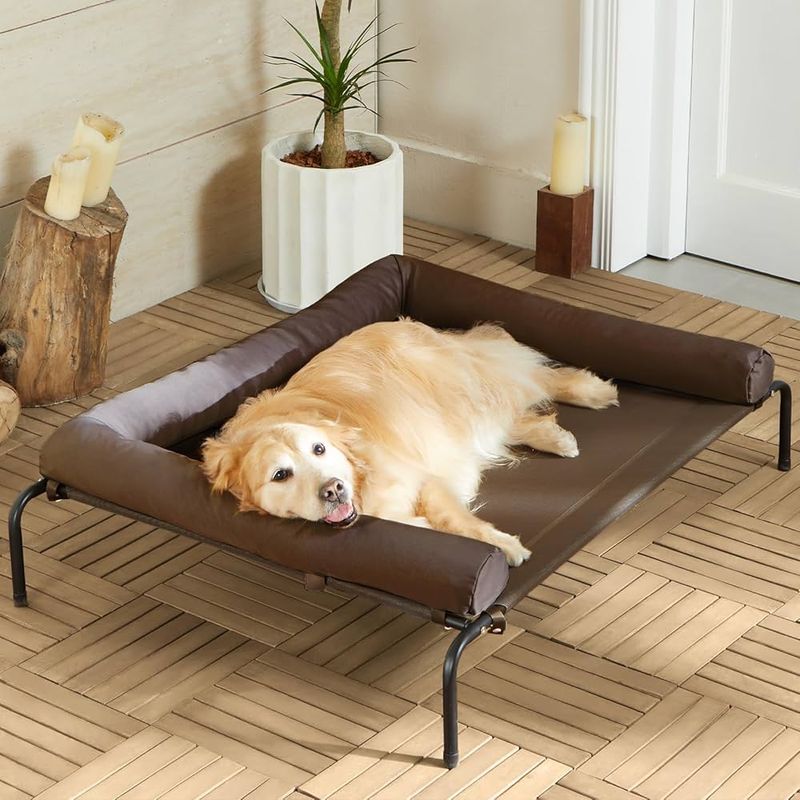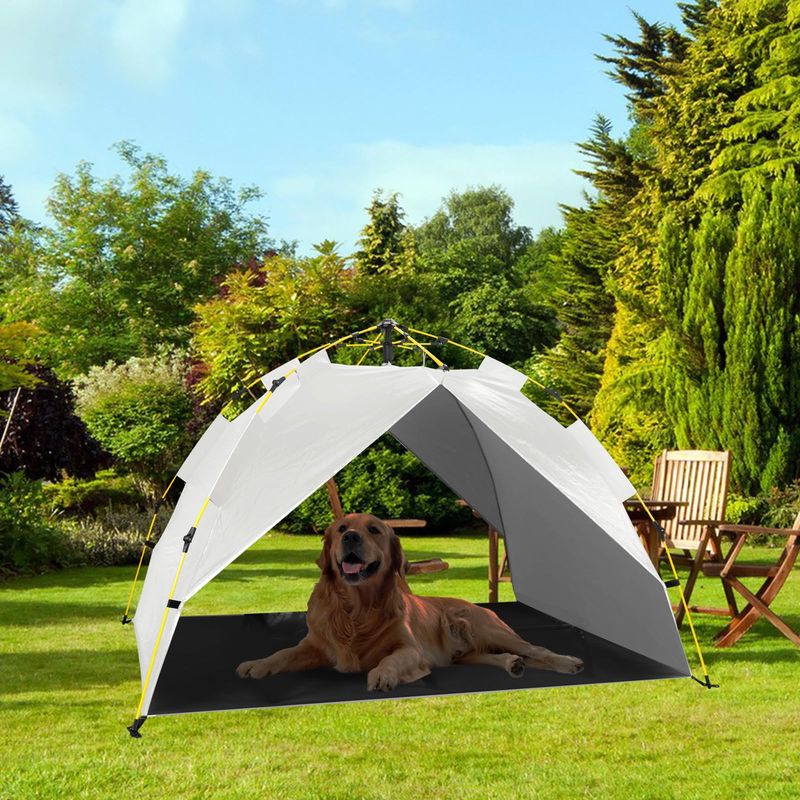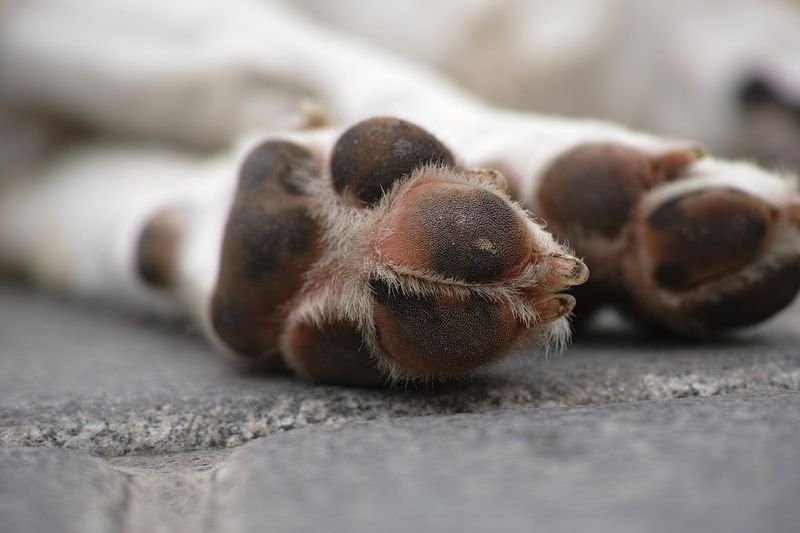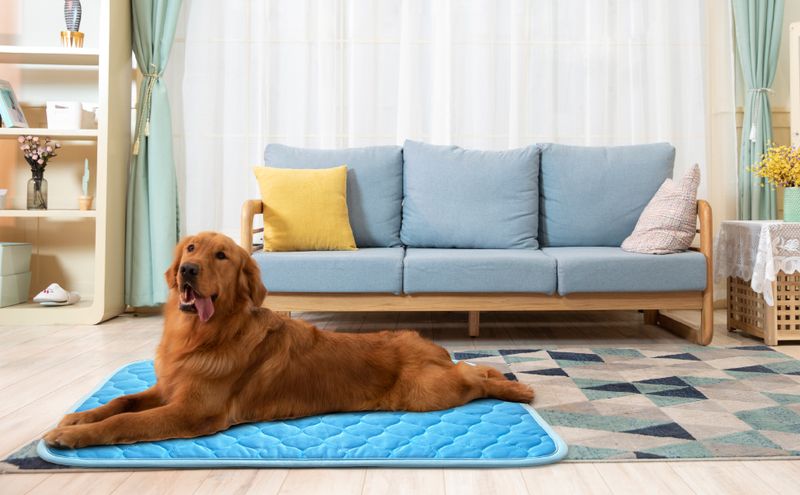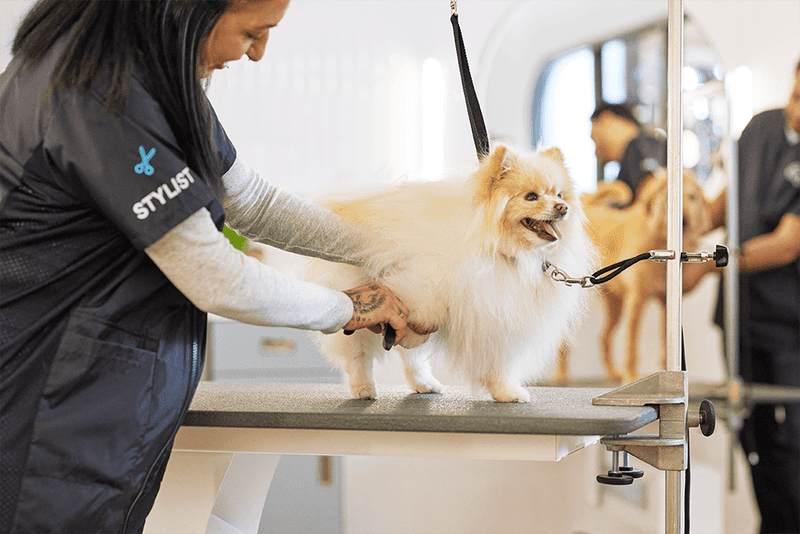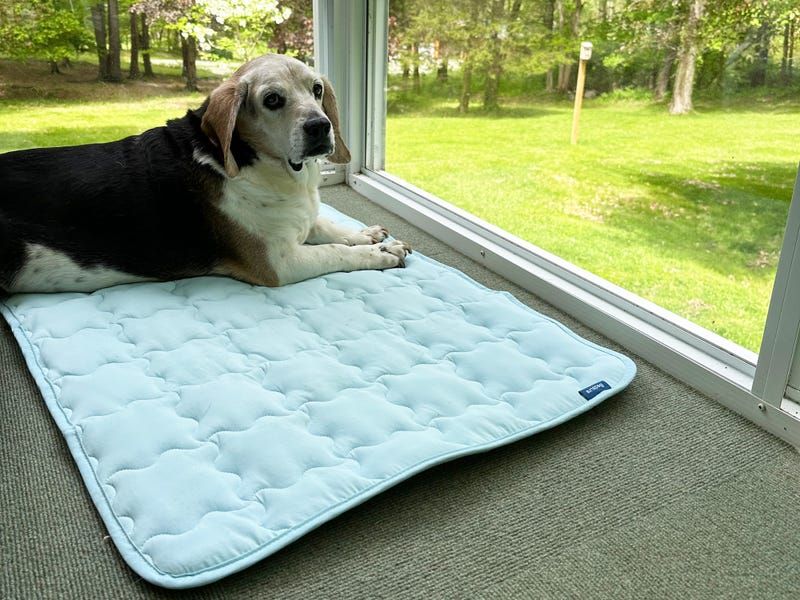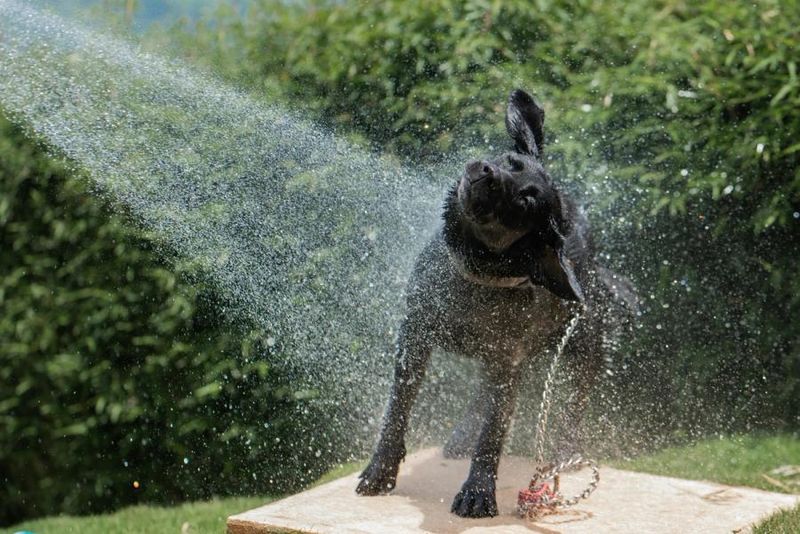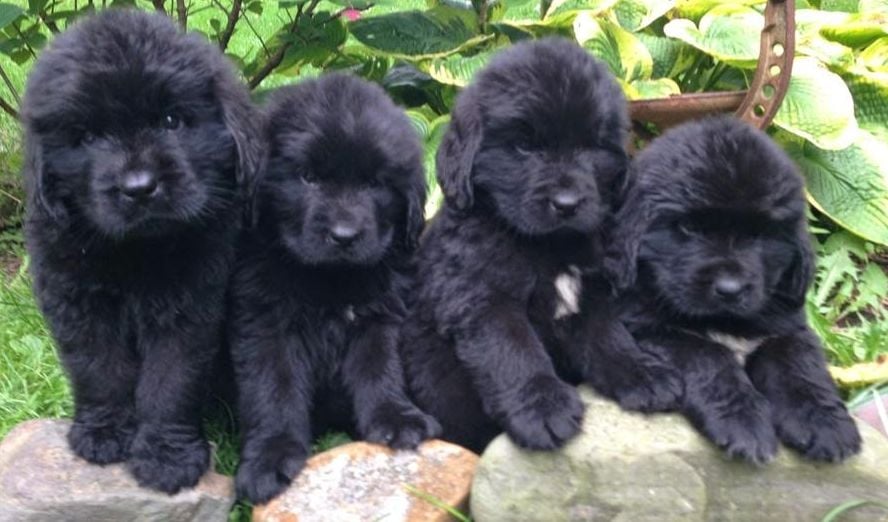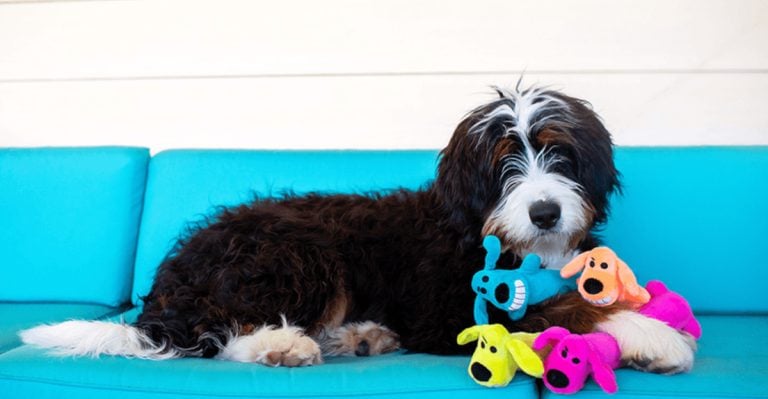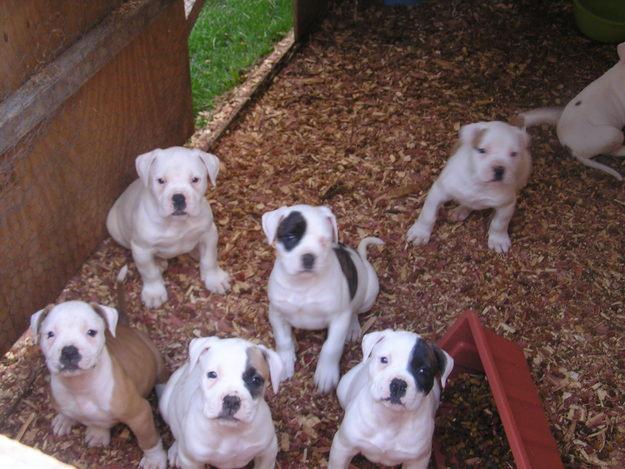These 17 Scientifically Proven Dog Cooling Tips Work Like a Charm
When summer heats up, your dog feels it even more than you do. Unlike humans, dogs can’t sweat through their skin—they rely mostly on panting and a few sweat glands in their paws to stay cool.
That makes them especially vulnerable to heatstroke, dehydration, and serious discomfort during hot weather. But the good news? Science has given us plenty of proven ways to help them chill out safely.
Whether you’re dealing with a brachycephalic breed that overheats quickly or a high-energy pup that won’t stop running, these cooling tips aren’t just helpful—they could be lifesaving.
From frozen treats to smart grooming hacks, these 17 strategies are backed by real research and vet-approved. They’ll help your dog stay cool, happy, and safe all season long.
1. Provide Constant Access to Fresh, Cool Water
Dehydration is one of the fastest ways a dog can fall victim to heat exhaustion. Water isn’t just for hydration—it helps regulate internal temperature and keeps organs functioning properly in hot weather. Replace warm water often and consider adding a few ice cubes to keep it cool throughout the day.
If you’re out for a walk or on the road, always bring a portable water bowl and bottled water for your pup. Avoid letting them drink from puddles or lakes, as these can carry harmful bacteria or toxins. Clean, cool water is the first line of defense when the mercury rises and your dog needs quick relief.
2. Offer Frozen Treats or Ice Cubes
There’s something wonderfully refreshing about a frozen snack, and dogs think so too. You can freeze bone broth, watermelon chunks, or peanut butter in molds for a delicious, cooling treat. Not only do these frozen goodies offer a sensory delight, but they also lower body temperature from the inside out.
Licking takes longer than chewing, encouraging dogs to stay still and relax as they cool down gradually. Ice cubes are fine for most dogs but should be monitored—some pups bite too hard and risk tooth fractures. Choose sizes and ingredients appropriate for your dog’s breed and dietary needs.
3. Walk Your Dog During Cooler Hours
Midday sun can turn sidewalks into scorching surfaces and the air into a stifling sauna. Early morning and late evening are your best bets for walking, when temperatures are lower and UV exposure is minimal.
A walk at 7 a.m. feels very different from one at 2 p.m.—to your dog’s paws and lungs. Heat from the ground can quickly lead to burned pads or overheating, especially in flat-faced breeds. Try to stick to shaded paths or grassy areas whenever possible, and take frequent water breaks. Even your most energetic dog needs a slower pace in the heat.
4. Use a Dog Cooling Vest or Bandana
Specialty gear like cooling vests and bandanas are more than trendy—they’re backed by science. These accessories are designed to retain water and promote evaporative cooling, helping bring down a dog’s core body temperature as it rises.
All you need to do is soak them in cold water, wring them out, and strap them on. As the water evaporates, it mimics the body’s natural cooling process (even though dogs don’t sweat like humans). They’re lightweight, reusable, and can make a noticeable difference during walks, playtime, or travel. Just remember to re-wet them regularly for maximum effect.
5. Give Them a Kiddie Pool or Sprinkler to Play In
Even dogs who aren’t big swimmers often enjoy splashing around. A shallow kiddie pool or sprinkler setup in the backyard can work wonders on a hot day. Water play helps with thermoregulation and also offers sensory stimulation that keeps dogs mentally happy.
Choose non-slip surfaces and supervise to ensure safety, especially with puppies or smaller breeds. Some dogs prefer standing in the water while others enjoy chasing sprinkler jets. Either way, it’s a fun way to cool down without requiring a trip to the lake or beach. Plus, it makes bath time feel like playtime.
6. Set Up Fans or Use Air Conditioning
Air movement plays a crucial role in helping your dog stay cool. Even without direct skin sweat like humans, dogs benefit greatly from fans that enhance the evaporative effect of panting. Ceiling fans, box fans, or oscillating fans all help circulate air to reduce stagnant heat.
If you have air conditioning, it’s ideal for creating a consistently cool indoor refuge. But even in homes without it, a fan placed near a shaded corner can provide serious relief. Add a bowl of ice in front of the fan to chill the air slightly. Cooling the environment directly supports your dog’s ability to regulate its body temperature naturally.
7. Brush Regularly to Remove Excess Fur
That fluffy undercoat may be cozy in winter, but in summer it becomes a trap for heat. Brushing helps remove loose hair, prevent matting, and promote better air circulation close to the skin. Dogs with thick or double coats especially benefit from regular grooming.
It’s not just about appearance—trapped hair and dirt can prevent proper cooling. Brushing a few times a week (or daily during shedding season) reduces the insulation effect and makes your dog feel lighter and fresher. Just be careful not to overdo it or strip away protective top layers that block UV rays.
8. Use Elevated Cooling Beds
Lying flat on the ground can be stifling, especially if the surface retains heat. Elevated beds lift your dog off the floor, allowing air to flow beneath their body and prevent trapped warmth from building up.
These beds are especially helpful on patios or balconies where concrete can bake in the sun. They also keep your dog cleaner and reduce the risk of pests. Combine one with a shaded area, and you’ve created a cool, breathable retreat. Unlike fluffy mats that trap heat, mesh-style elevated beds stay cooler for longer.
9. Never Leave Your Dog in a Parked Car
Even with the windows cracked, a parked car can become deadly in a matter of minutes. Interior temperatures skyrocket, often reaching 100°F or more, causing heatstroke or even death in a short time.
What feels like a “quick errand” could turn tragic. Dogs cannot escape or sweat out the heat, and panting becomes ineffective in superheated environments. It’s always safer to leave them at home in a cool room or bring them with you if pets are allowed. Awareness of this danger has saved countless lives—make sure yours is one of them.
10. Provide Shaded Areas Outdoors
Direct sunlight can be brutal, especially for breeds with dark coats or short snouts. Shade is essential when your dog spends any time outside. Trees, umbrellas, patio awnings, or pop-up canopies can all offer sun relief.
Keep water bowls and resting areas under cover to avoid overheating. If natural shade is limited, create some with cloth, tarps, or portable shade tents. Dogs instinctively seek cooler spots, and having consistent shade helps them stay regulated. Combine this with ventilation or a breeze and your pup will thank you with more tail wags and fewer overheated pants.
11. Avoid Hot Pavement
Your dog’s paw pads are sensitive to heat, even if they don’t show it right away. Asphalt, concrete, and sand can absorb and retain intense temperatures, often exceeding 130°F on sunny days. A simple walk can result in blisters, burns, or long-term pad damage.
Test the ground with your hand—if it’s too hot for you, it’s definitely too hot for your dog. Walking during cooler hours or choosing grassy routes is much safer. If pavement is unavoidable, consider protective dog booties. They may take some getting used to, but they shield your pup’s feet from injury and discomfort when summer heat peaks.
12. Offer a Cooling Mat
Some tools are simple but surprisingly effective—and cooling mats are a great example. These mats often use pressure-activated gel or water to absorb your dog’s body heat and provide instant relief. No electricity or freezing required.
Place one where your dog naturally rests—on the floor, in their crate, or in the car. They’re portable, reusable, and especially helpful for brachycephalic or senior dogs. Cooling mats support core temperature regulation and give your dog a safe, familiar place to cool off after play. Just be sure to supervise chewers, as some mats aren’t meant for sharp teeth.
13. Keep Haircuts Appropriate for Breed
Not all dogs benefit from a close shave in the summer. For some breeds—especially double-coated ones—removing too much fur can disrupt their natural insulation and make them more susceptible to heat and sunburn.
Consult a groomer or vet before trimming down your dog’s coat. Often, a thorough brushing and a light trim is enough to help with airflow while maintaining protection from UV rays. Breeds like Pomeranians or Huskies rely on their undercoat for temperature regulation in both winter and summer. A well-informed grooming routine can make all the difference.
14. Encourage Indoor Rest During Peak Heat
Afternoons can be dangerous when temperatures soar and humidity spikes. Encourage your dog to stay indoors between 11 a.m. and 4 p.m.—the hottest part of the day. Use fans, tile floors, or air conditioning to create a cool retreat.
Keep blinds or curtains closed to block out radiant heat from windows. Even energetic dogs need a break when the environment gets too intense. Offer quiet toys, frozen treats, or a shaded corner to promote restful lounging. Giving your dog a designated “cool zone” indoors prevents overheating and supports better energy balance throughout the day.
15. Mist with Cool (Not Cold) Water
Spraying your dog lightly with cool water helps mimic sweat evaporation, one of the few ways dogs can lose heat. It’s especially useful for breeds with thick coats or minimal access to shade.
Avoid using ice-cold water, as the shock can cause blood vessels to constrict and trap heat. Instead, aim for gently cool temperatures, and focus on areas like the belly, paws, and underarms where cooling is most effective. A misting spray bottle or damp washcloth can provide targeted relief without making a mess. It’s quick, easy, and refreshingly simple.
16. Feed Smaller Meals More Often
Digestion naturally raises a dog’s internal temperature, especially after a large meal. When it’s hot outside, breaking meals into smaller portions spread throughout the day helps reduce this thermal load.
By feeding less at a time, your dog doesn’t experience the same post-meal heat spike, and it becomes easier to maintain comfort levels. This approach also encourages calmer behavior in hot weather, as dogs are less likely to become sluggish or overexerted after eating. Stick with a balanced diet and consult your vet if your dog has any special nutritional needs. Keeping portions light but regular can make a big difference when it’s sweltering out.
17. Know the Signs of Heatstroke and Act Fast
Recognizing early warning signs could save your dog’s life. Excessive panting, drooling, weakness, vomiting, glazed eyes, or collapse are red flags that your dog may be overheating. Immediate cooling and veterinary attention are crucial.
Move your dog to a shaded or air-conditioned space, offer cool water, and dampen their fur with lukewarm (not cold) water. Avoid forcing them to drink or using ice, which can cause shock. Even healthy, active dogs can be at risk in extreme heat. Knowing the symptoms and responding quickly ensures your dog doesn’t suffer lasting harm—or worse.


